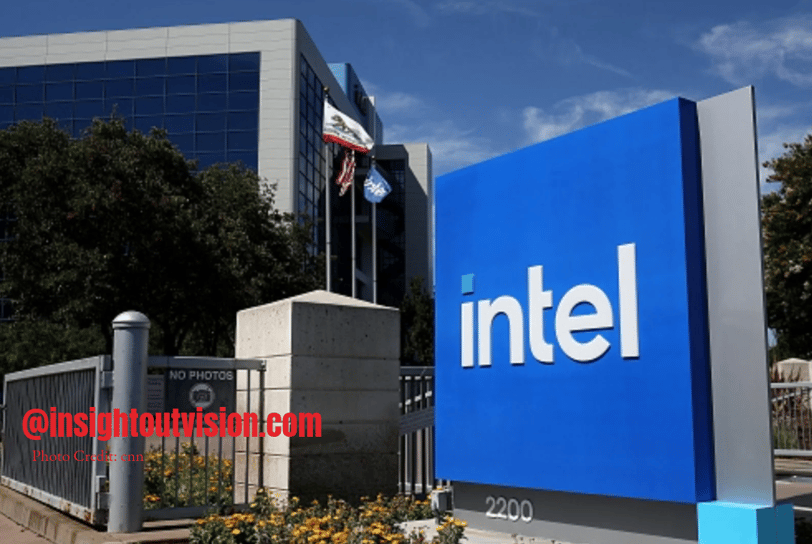Intel’s AI Gamble: Can Innovation Outpace Financial Woes?
5/20/20252 min read


Intel’s AI Gamble: Can Innovation Outpace Financial Woes?
Category: News | Sub-category: Science & Technology | InsightOutVision.com
Intro: A Tech Titan’s Pivot
On May 13, 2025, Intel announced a $821 million Q1 net loss, yet its stock climbed 14% this month, buoyed by AI-driven innovations like the NetApp AIPod Mini, per Yahoo Finance. As tech giants race to dominate artificial intelligence, Intel’s bold moves signal a broader industry shift. Can it overcome financial hurdles to lead in AI, or is it betting too big? Let’s explore Intel’s strategy and its implications for tech.
Intel’s Financial Rollercoaster
Intel’s Q1 loss contrasts with last year’s $9 million profit, driven by fierce competition and a sluggish PC market. Yet, its stock surged, reflecting investor optimism about AI. The NetApp AIPod Mini, a compact AI infrastructure solution, targets enterprises, while partnerships with Tejas Networks and Arqit Quantum bolster Intel’s AI and security credentials.
The broader chip market is booming, with AI driving demand. Nvidia’s dominance has pressured Intel, but CEO Pat Gelsinger’s focus on AI chips and foundry services aims to reclaim ground. Intel’s 4% market gain last week outpaced the Nasdaq’s 2% rise.
AI: The Industry’s New Frontier
Intel’s pivot reflects a tech-wide rush to AI. China’s DeepSeek, thriving despite U.S. restrictions, underscores global competition, per Bloomberg. The UAE aims to lead AI by 2031, with Trump’s recent visit securing tech deals, per CNN. Intel’s Shenji NX9031 chip, used in NIO’s electric vehicles, shows AI’s cross-industry impact.
AI’s growth isn’t without risks. High R&D costs and geopolitical tensions—exacerbated by Trump’s tariffs—could disrupt supply chains. Intel’s reliance on Asian manufacturing makes it vulnerable, per Yahoo Finance.
Impact on Consumers and Jobs
Intel’s moves have ripple effects:
Consumers: AI-driven products, from autonomous cars to smart devices, promise innovation but higher costs if tariffs persist.
Jobs: Intel’s 15,000 layoffs in 2024 raised concerns, but AI expansion could create high-skill roles, per Bloomberg.
Economy: A strong AI sector could boost U.S. GDP, but losses at firms like Intel risk market instability.
Skeptical Take: Hype or Substance?
Some question Intel’s AI bet. X posts from@TechSkeptic argue its losses signal deeper issues, with Nvidia’s lead insurmountable. Others, like@AIObserver, see Intel’s partnerships as a smart long-term play. The chip market’s volatility, tied to tariffs and global demand, adds uncertainty.
What’s Next?
Intel plans to double down on AI, with new chip launches in 2026. If tariffs ease, supply chain pressures may lift, but competition will intensify. Investor confidence hinges on Intel’s ability to turn innovation into profits.
Conclusion: A High-Stakes Bet
Intel’s AI push, despite financial losses, positions it as a key player in tech’s next chapter. While risks abound—competition, tariffs, and market volatility—its innovations could reshape industries. For consumers and workers, Intel’s success or failure will shape the future of tech-driven economies.
Thought Questions:
Can Intel’s AI focus overcome its financial losses, or is it overreaching?
How might AI innovations from Intel affect your daily life or job?
Should the U.S. prioritize domestic chip production to counter tariff risks?
Sources: Yahoo Finance, Bloomberg, CNN, X posts
Explore deep insights on current events and growth.
Vision
Truth
hello@insightoutvision.com
+1-2236036419
© 2025. All rights reserved.
